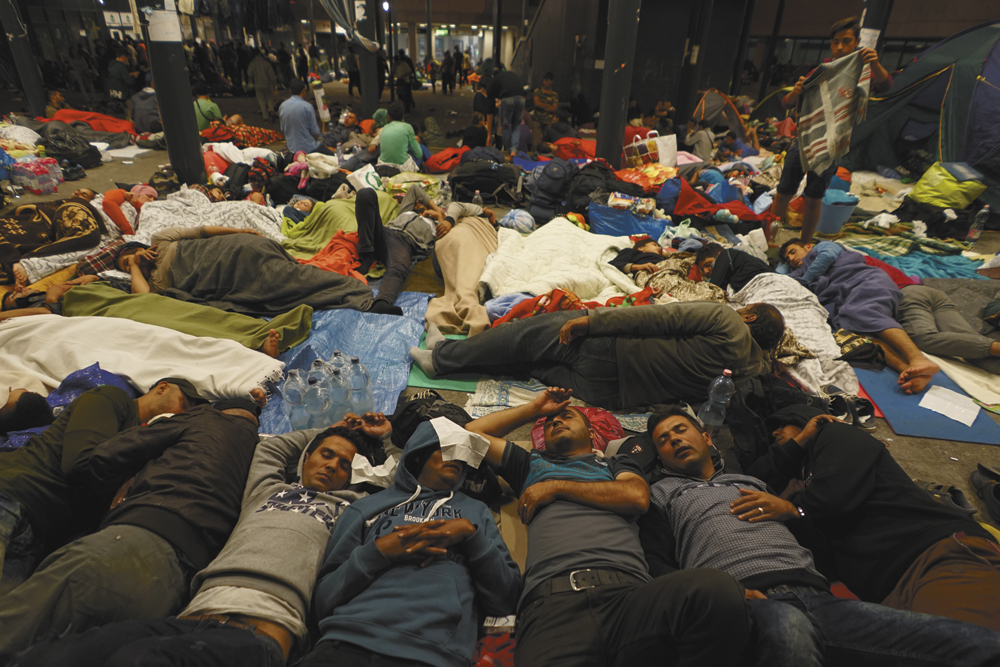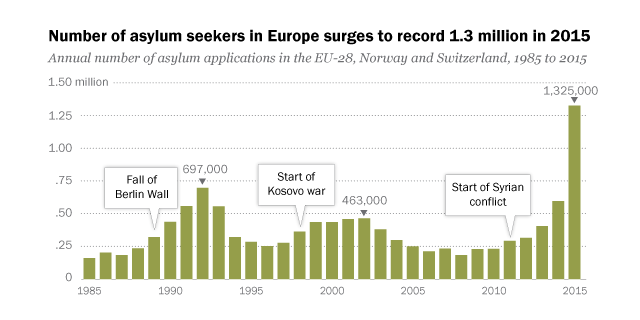

Political polarization increased, confidence in the European Union fell, and many countries tightened their asylum laws. The public showed anxiety towards the sudden influx of immigrants, often expressing concerns over a perceived danger to European values. The crisis had significant political impacts in Europe. Attempted reforms included distributing refugees among member countries, tackling root causes of emigration in the home countries of migrants, and simplifying deportation processes. Germany would ultimately accept most of the refugees after the government decided to temporarily suspend its enforcement of the Dublin Regulation.Īlthough the EU attempted to enact some reforms, these efforts largely fizzled out after refugee arrival numbers receded. Many European Union (EU) governments reacted by closing their borders, and most countries refused to take in the arriving refugees. The responses of national governments varied greatly. The increase in asylum seekers has been attributed to factors such as the escalation of various wars in the Middle East and ISIL's territorial and military dominance in the region, as well as the Lebanon, Jordan, and Egypt ceasing to accept Syrian asylum seekers.

They were mostly Syrians, but also included significant numbers of Afghans, Nigerians, Pakistanis, Iraqis, Eritreans, and the Balkans. 1.3 million people came to the continent to request asylum, the most in a single year since World War II. Map of crisis, Operation Triton, Refugees at Skala Sykamias Lesvos, Protesters at "Volem acollir" ("We want to welcome"), Protesters after New Year's Eve sexual assaults in Germanyĭuring 2015, there was a period of significantly increased movement of refugees and migrants into Europe.


 0 kommentar(er)
0 kommentar(er)
